Description
WE570 Wind Direction Sensor
While wind speed is relatively straightforward, wind direction involves a complex interplay of forces. Let’s explore the key factors influencing wind direction:
1. Pressure Gradients: The primary driver of wind is the difference in air pressure between high-pressure and low-pressure systems. Air naturally flows from high pressure to low pressure, creating wind. Wind direction is determined by the direction from which the high pressure system “pushes” air towards the low-pressure system. So, an easterly wind indicates air is moving from the east towards a low-pressure system in the west.
2. Coriolis Effect: This fascinating phenomenon arises from the Earth’s rotation. As air moves across the Earth’s surface, it experiences a deflection due to the Coriolis effect. This deflection is responsible for the large-scale circulation patterns of the atmosphere, influencing wind direction at a global level.
3. Friction: Wind doesn’t flow freely across the Earth’s surface. Friction with the ground creates drag, slowing down wind speed as it gets closer to the surface. Additionally, the roughness of the terrain (e.g., mountains vs. open plains) can cause variations in wind direction closer to the ground.
4. Land Topography: Mountains, valleys, and other geographical features can significantly impact wind direction at a local level. Wind tends to be channeled or deflected by topographic features, creating variations in wind direction compared to open areas.
5. Seasonal Variations: Global wind patterns shift throughout the year due to seasonal changes in temperature and pressure gradients. Understanding these seasonal variations helps predict prevailing wind directions for specific locations.
The Importance of Accurate Measurement
Precise measurement of wind direction is crucial for various applications. Instruments like wind vanes and anemometers play a vital role in capturing wind direction data. This data is then fed into weather forecasting models, operational decision-making systems in industries like aviation and shipping, and research projects focused on climate change and renewable energy.
By understanding the science behind wind direction and utilizing accurate measurement tools, we gain deeper insights into weather patterns, optimize industrial processes, and ensure safety in various sectors. Wind direction, seemingly simple on the surface, reveals a fascinating interplay of forces that shape our world and provides valuable data for a multitude of applications.

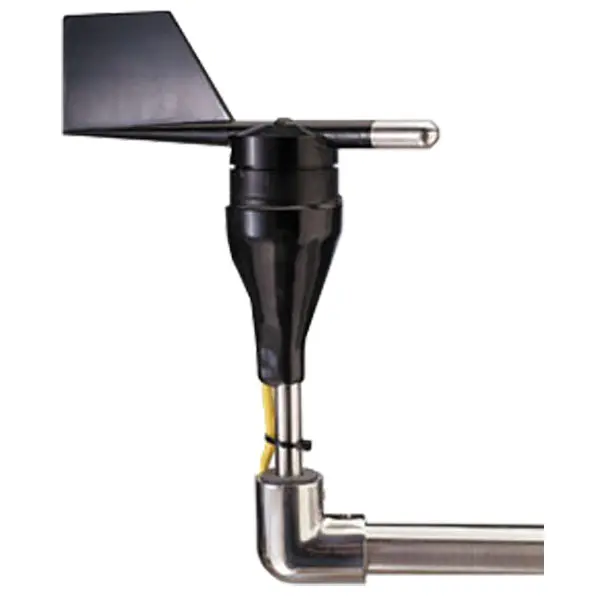
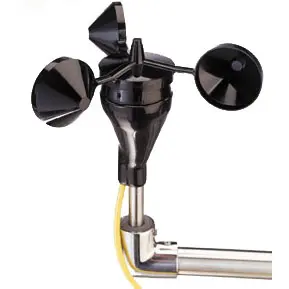
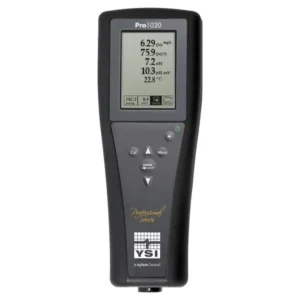
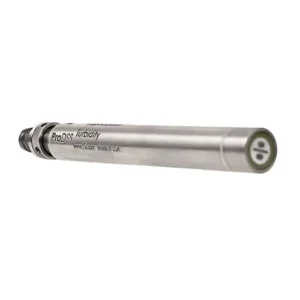
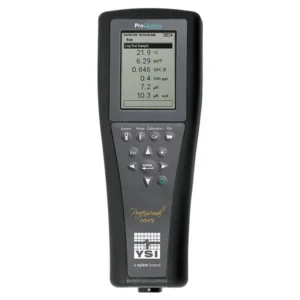
Reviews
There are no reviews yet.